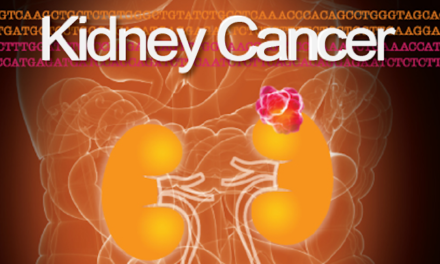
Characterization of Twitter-based dialogue related to renal cell carcinoma (RCC)
Abstract
Social media plays an increasing role in health-related communications, both amongst patients and physicians. We have previously characterized dialogues related to lung cancer on Twitter (Sedrak et al JAMA Oncol 2016), identifying multiple categories of distinct content. We aimed to reproduce these results in the context of RCC.
Qualitative content analysis of publicly available tweets from August 1 – 22, 2017 containing the word “kidney cancer” was performed. Individual posts were characterized by content domain, and user type, and reviewed by two independent reviewers. Discrepancies were adjusted by consensus. Content was imported from a publicly available Twitter search engine to NVivo 10 for qualitative data analysis.
A total of 2,532 tweets were collected during the study period; 435 were categorized as not related to kidney cancer. As noted in Table 1, the most prevalent content domains related to kidney cancer were support (29.3%), treatment (26.5%), and general information (13.4%). Tweets were mostly authored by individuals (41.4%) and organizations (41.2%). Individuals more frequently authored tweets related to support (88.9%), and organizations those related to treatment (86.3%) and genera
Twitter was used to receive and give psychosocial support, share personal narratives of cancer, promote prevention, share research findings, and discuss treatment options. The high prevalence of tweets about support was expected. Although, interestingly we found a high frequency of tweets about treatment and clinical trials. These findings suggest that this is a promising area to address health disparities and specific topics, such as goals of care and prognosis, treatment selection, end-of-life care and potential side effects.
Authors: Salgia, Meghan | Ashing-Giwa, Kemi | Cotta, Brendan | Bergerot, Cristiane Decat | Bergerot, Paulo Gustavo | Dizman, Nazli | Sedrak, Mina S. | Pal, Sumanta K
Journal: Kidney Cancer, vol. 2, no. s1, pp. I-S50, 2018


